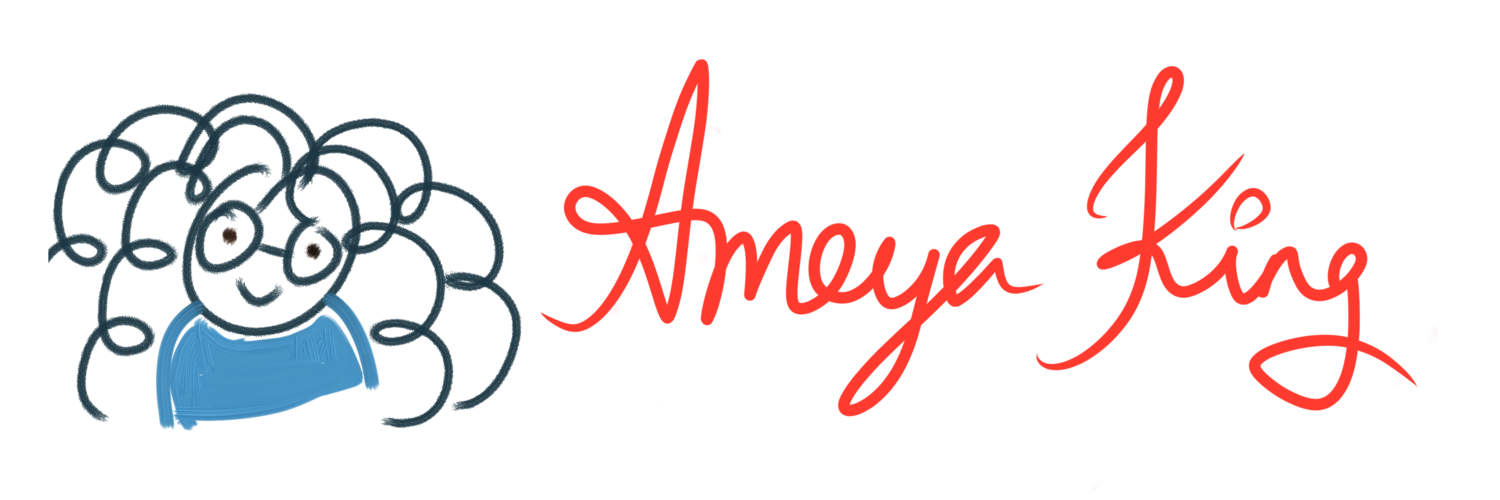Rhythm and Emotion - What the texts had to say
The following ślokas from Nandikeswara’s Abhinaya Darpana were ones that I learned as a young student of Kuchipudi and we continue to teach our own students at Sri Sai Dance Academy.
kamṭhēnālambayet gītam The song should be sustained in the throat
hastēnārdham pradarśayēt The meaning ... should be expressed by the hands
cakṣurbhyām darśayēt bhāvam Emotion should be expressed by the eyes
pādābhyām tālamācarēt || Rhythm should be marked by the feet
yato hastastato dṛṣtiḥ Where the hand [is], there [is] the eye;
yatodṛṣtistato manaḥ Where the eye [is], there [is] the mind;
yato manastato bhāvo Where the mind [is], there [is] bhāva;
yato bhāvastato rasaḥ || Where bhāva [is], there [is] rasa.
The translation of the first śloka is from an edition of the Abhinaya Darpana translated by Dr. P. S. R. Apparao, while the second is from a journal article by Dr. Phillip Zarrilli, who said that the śloka “links the technical manual with the underlying philosophical assumptions which inform performance itself.”
As I began the work of writing my thesis, I was reminded of these ślokas, both because of the pithiness with which they lay such foundational concepts, and for the implied prominence of both emotion and rhythm.
One of the fascinating rabbit holes I probably spent far too much time diving into the Nāṭyaśastra looking for explicit examples directly linking the emotion with rhythm. Here’s a sample of what I found:
Steps at the tempo slower than 4 kalās to indicate fever, hunger, surprise, uneasiness, love in separation
Steps at the tempo of 2 kalās to indicate concealed love, panic, fear agitation, joy, and receipt of bad news
Slow, graceful gait in “proper” tempo for the lover in sṛngāra being led by the sakhi
Slow, silent, faltering gait for the lover who is secretly going to meet his partner
Eḍakākrīḍitā cārī in quick succession when walking through a place that evokes bhībhatsa (e.g., cremation grounds, battleground site)
“Proper” kalā and kāla using the cārīs Pārśakrānta, Āviddhāl, and Sūcī when excited in vīra rasa
Slow tempo and short steps for characters evoking karuṇa
When we learn about rasa, bhāva and abhinaya, I think we tend to focus on other aspects of rhythm to the detriment of how rhythm itself could be utilized for that purpose. I don’t think that’s surprising, per se - the ślokas above state that the feet are for maintaining rhythm, while drawing a direct line between the hands, the eyes, the mind, and the heart (both of the performer and the spectator). This isn’t surprising, either, since the Nāṭyaśastra was primarily a treatise on drama, with dance being a small subsection with a much narrower scope than what we do today. But even so, it gave specific examples linking aspects of rhythm (if imprecisely) with emotion, and we would be remiss not to harness this powerful tool for that purpose.
What I have here is obviously high-level, and focused on the very specific points that were of great interest to me, and I’ve only taken from the Nāṭyaśastra and Abhinaya Darpana. This post most definitely doesn’t analyze them with true rigor. My thesis is a bit more structured in its analysis, but even it is simply scratching the surface. There are scores of other ancient texts that have codified and documented dance in its many aspects.
One treasure trove of information on the history of Sanskrit treatises and their exploration of dance is Dr. Mandakranta Bose’s Movement and Mimesis. She very methodically traced the evolving concept of dance from text to text, drawing out parallels and contradictions. (And, you can order it online!)
My next post will look at what academics have found as the relationship between emotion and rhythm, and from there, I’ll focus on Kuchipudi.
Photo by Steven Bock at the ICAPS lecture demo by Sri Vijay Ganesh on music and dance performances from the mridangist’s perspective. I’ve written more about that experience here.
